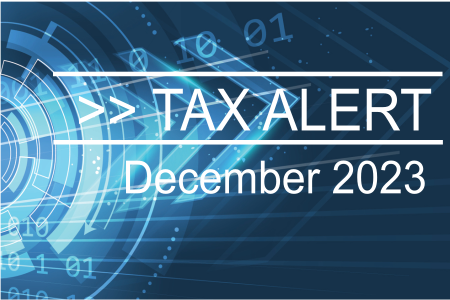Redundancy can come as a shock but in reality it often presents an unexpected opportunity. Not only can you look at pursuing a totally different career, but you might consider using the financial windfall to set up your own business or maybe retire altogether.

Redundancies can come with a healthy payout, but to make the most of it you need to make sure you understand the tax implications.
What is a redundancy payment?
A genuine redundancy payment is made when your position or role no longer exists or your company becomes bankrupt. It’s not the same as a termination payment or a golden handshake made when you leave a job and somebody replaces you or when you are retiring or finishing a contract.
A redundancy payment consists of money in lieu of notice and an incentive payment generally based on years of service.
While everyone gets paid their unused annual leave and long-service leave (after 10 years or more service), when you are retrenched you may also be paid for unused sick leave and pro-rated long service leave after only five years of service.
How is it taxed?
Generally, a termination payment, including any unused sick leave made on genuine redundancy is tax free up to a certain amount. This is calculated by applying the Australian Taxation Office’s base amount of $10,155 plus $5,078 for each completed year of service. These amounts apply in the 2017-18 tax year and are indexed each July 1.
So if you were retrenched after 10.5 years, your termination payment up to $60,935 will be tax free.
If your redundancy payment exceeds this tax-free threshold, the surplus will be treated as an employment termination payment (ETP) which is concessionally taxed (32 per cent under preservation age and 17 per cent from preservation age) up to the ETP cap of $200,000 in 2017-18. Any amount above the ETP cap is taxed at 47 per cent.
One exception is that if you are made redundant at age 65 or more, then there is no tax-free amount and your entire redundancy payment is an ETP.
Your unused annual leave and long service leave are taxed at a maximum of 32 per cent.
What next?
Tempting though it may be to rush out and buy a new car or take a long trip to cheer yourself up, you should think strategically. How long would that sum last if you took months to find another job or were forced into retirement?
Centrelink payments may help but they won’t kick in straightaway. You must wait until the number of weeks you’ve been paid has run out. Also, if your partner is working this will impact on any income support benefits you might receive.
Timing of redundancy
If you take retrenchment close to the end of the financial year this may increase your tax burden as you’ve already received an income for the best part of a year. A better strategy is to take your retrenchment pay at the start of the new financial year when you’ll be more likely to slot into a lower tax bracket. Also, the tax thresholds are indexed on 1 July each year, so more of your payment may be tax-free.
And if you’re close to your work anniversary, try and negotiate to take retrenchment after this date to benefit from an extra year of completed service.
Handling your lump sum payout
One of the first things you should do is work out your budget, then work out where you are going. For instance, you might consider self-employment.
If you find work reasonably swiftly, then put your redundancy lump sum to good use. You might reduce your mortgage or, if you are close to retirement, you could put the money into super.
Redundancy may not be high on everybody’s wish list but there are plenty of ways to turn a negative into a positive. If you would like to know the tax implications of your redundancy payout, then call us to discuss.
Did you enjoy this article?
Click below to share it
More News Articles

What the 2025 Federal Budget Means for you
Treasurer Jim Chalmers’ fourth federal budget
was just announced

Retirement Planning: It’s Not all About the Money
Retirement is often a massive life change for the majority of people who experience it

FBT – How Fringe Benefits Tax Works
FBT is separate to income tax. It’s calculated on the taxable value of the fringe benefit

Tax Alert December 2023
The ATO is getting back to business with it’s lenient approach during the pandemic over, it’s focus now is returning to traditional debt collection

How a Super Recontribution Strategy Could Improve Your Tax Position
The main reason for implementing a recontribution strategy is to reduce the taxable component of your super and increase the tax-free component

Rental investor? How to Get Your Tax Return Right
Extra care is needed when lodging returns with rentals
Connect Through our Socials
While you may have come to us from a variety of sources, the time has never been better to join us.
Connect through out socials to keep up to date with our latest news and get some tips.




